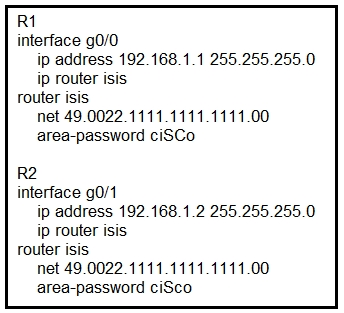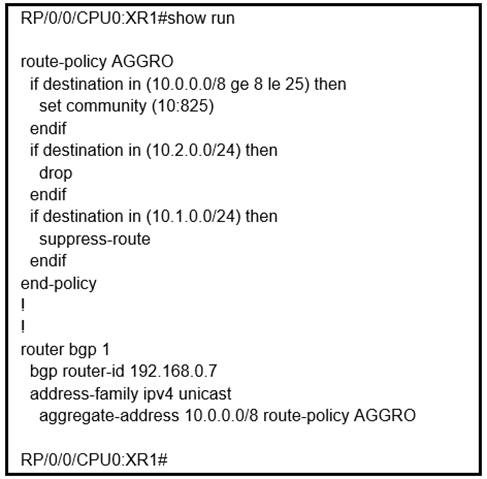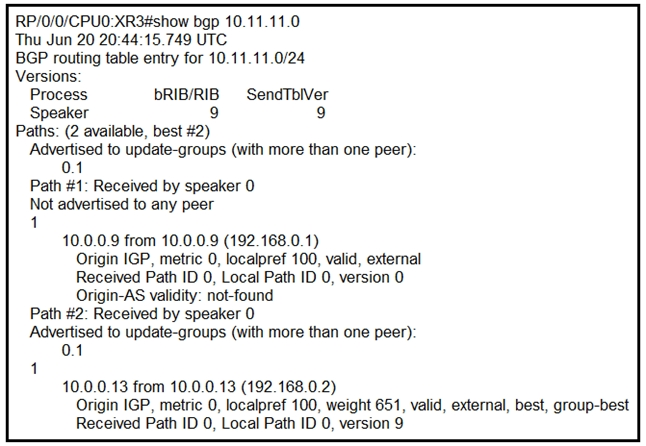Implementing Cisco Service Provider Advanced Routing Solutions (SPRI)
Here you have the best Cisco 300-510 practice exam questions
- You have 105 total questions to study from
- Each page has 5 questions, making a total of 21 pages
- You can navigate through the pages using the buttons at the bottom
- This questions were last updated on May 6, 2025




